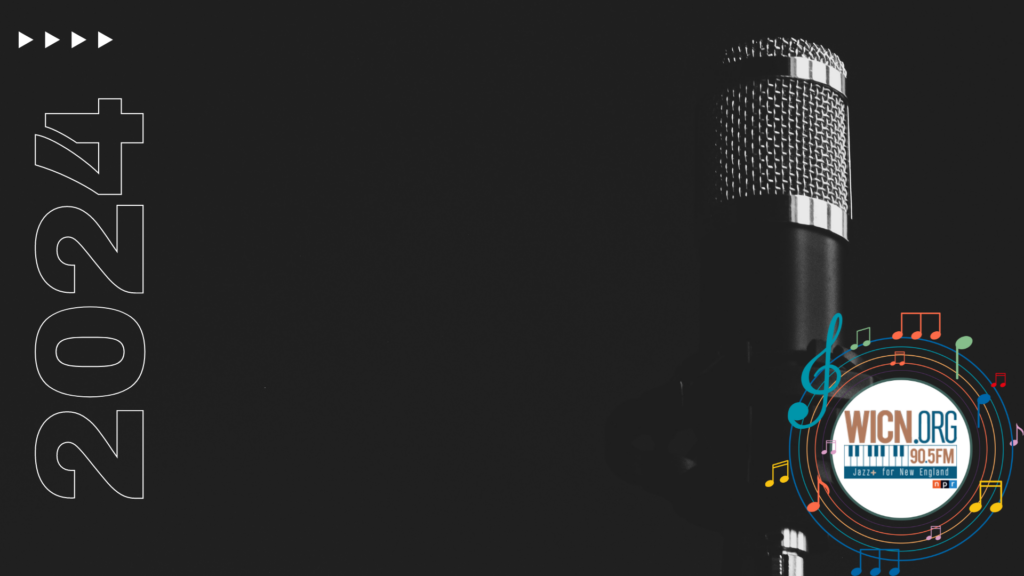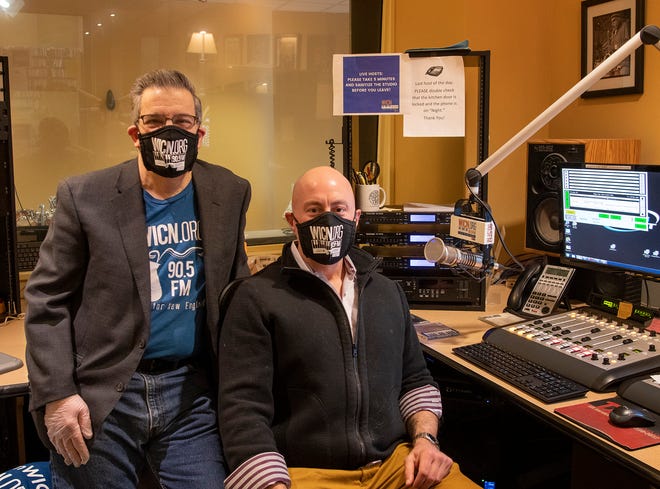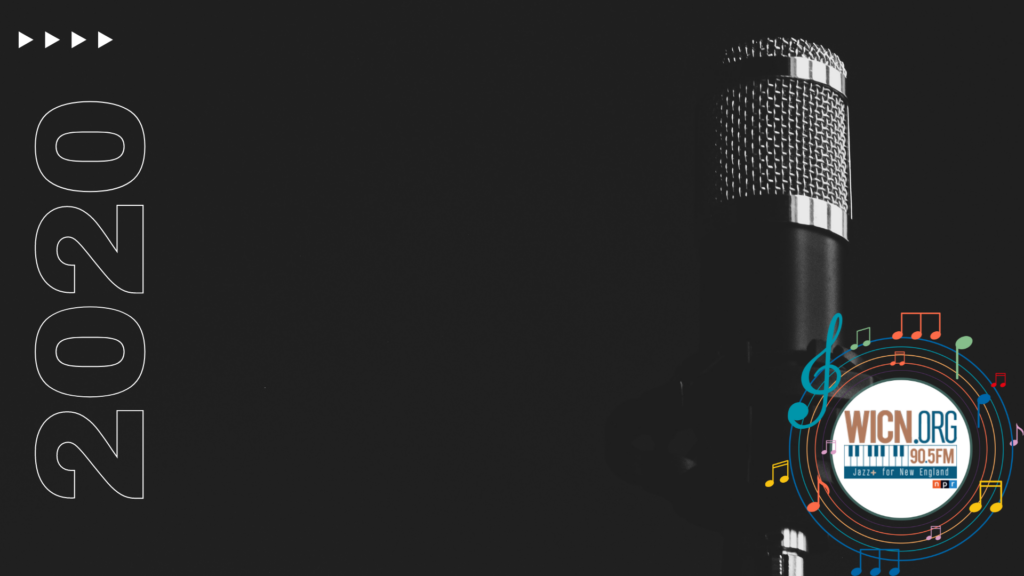Shirley Horn – WICN Artist of the Month, January 2021
Written by Ben Young on January 4, 2021
It’s always the right time to circle back to the majestic and poignant artistry of Shirley Horn, WICN’s Artist of the Month for January. The knowing way she delivers a song is a comfort and a lesson all at once. Horn’s been gone for fifteen years now, but her voice certainly was a special sort of tonic in the vocal Jazz scene of the late 20th century.
At the moment Shirley Horn was born in 1934, the Jazz world was being introduced to a new vision of Jazz singing, piloted by Billie Holiday. Holiday was a low-impact, low-volume singer with a small range. The power in her delivery, like that in Shirley Horn’s, comes from conversational inflection, hip note choices, and an abundance of swing just in the way she trimmed and phrased her notes. In that tradition, Horn’s voice was made for a microphone, nuanced shading of intimate, low-volume sounds, letting us perceive the breath and texture of her lines.
Horn started on piano early, and developed toward a career in formal classical music—at Howard University’s music school. Horn was admitted to Juilliard but unable to pay the tuition, so she did not attend. Shirley also got swerved off the course of classical music by the example of pianist Erroll Garner; copying his “Penthouse Serenade” was a gateway into a professional career in jazz.
From her twentieth year, she was a regular performer leading a trio in her hometown, Washington D.C., at places like Olivia Davis’s Patio Lounge. For a long time in her early career, Horn was a local sensation only: like the tenor saxophonist Buck Hill (Horn’s friend), and recently-deceased alto man Andrew White III, and other important players, Horn got enough work to live on in the thriving Jazz scene in the nation’s capital.
Her first appearance in a recording studio gave some hints about how Shirley Horn’s professional profile was to unfold. Horn and her trio were adopted as the supporting cast on a record project by the violin star Stuff Smith, making the last of his recordings for Verve. Horn played and even sang on the date. Her vocal numbers were omitted from the record, and the tracks on which she played piano were credited to someone else!
Horn’s debut recording, 1960’s Embers and Ashes, gave us a taste of her piano trio playing, her very distinctive vocal fashion, and the impressive way that she accompanies herself from the piano. The record was released by an offbeat independent label that had in fact been started to celebrate what was new technology of 1957, compatible stereo LPs. But it got heard by folks who would become her new fan base. Miles Davis, for one, was impressed–which of course makes sense: something in Horn’s projection correlates with Davis’s own sparse aesthetic and penetrating, unadorned lines. The trumpeter was intrigued, rang her up, and invited Shirley Horn to open opposite his group at the Village Vanguard.
Horn ramped up quickly. Quincy Jones was another fan, and he produced Horn’s next two studio records—though singing with an orchestra of New York studio players, rather than with her own piano and group. She also did theme music for a couple of films, again Jones’s doing. Those opportunities we cherish as glimpses of Horn’s style in development, but they didn’t add up to the new direction for Shirley Horn. She was more comfortable accompanying herself, and in the small group—and back in DC.
By the mid-Sixties, Horn withdrew from music to raise her daughter, Rainy. She made one record along the way, but really came back to music significantly in the late 1970s, with a series of recordings for the Danish label Steeplechase.
After stepping up again into a touring life, Shirley was ready for what seemed to many like it was her debut—as a 52-year-old. She linked up with Verve records in 1987 and did most of the rest of her life’s work with the label. Horn circulated as an authentic star through her last fifteen years, though she was still remarkably humble and folksy. She loved work on her home, loved to cook for friends, and never got too big for her neighborhood fans, as celebrated in the record made in her Washington home, The Main Ingredient.
We give props to Horn for her perseverance and dedication in many regards. Pre-eminently, that she did it her way—staying with her very personal, offbeat projection, counter to the whatever flashiness was in vogue. She remained devoted to her hometown, based in Washington D.C. for basically all of her life and career. Admirably, Horn also kept the same rhythm team—bassist Charles Ables and drummer Steve Williams, who played with her for some twenty-five years.
Dig in all month into another helping of Shirley Horn’s special style.




